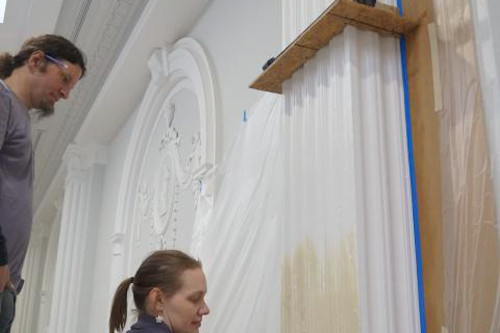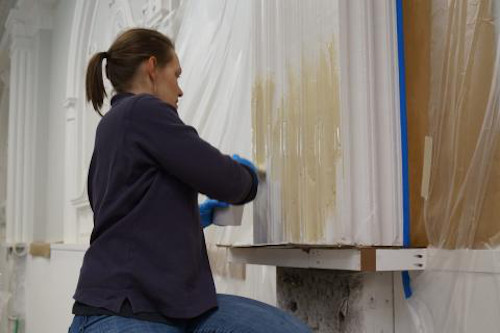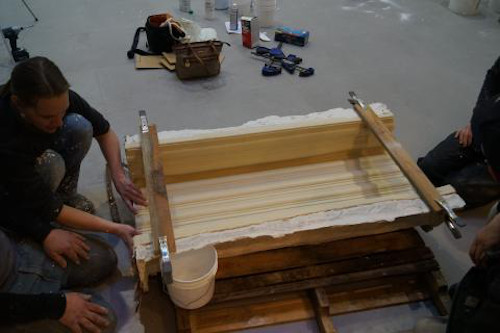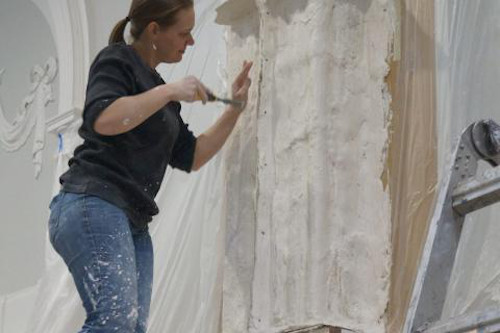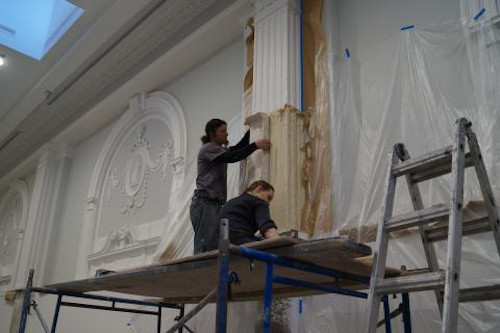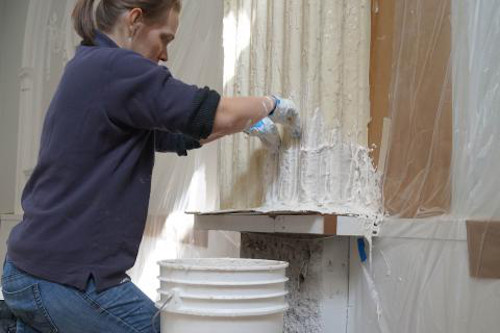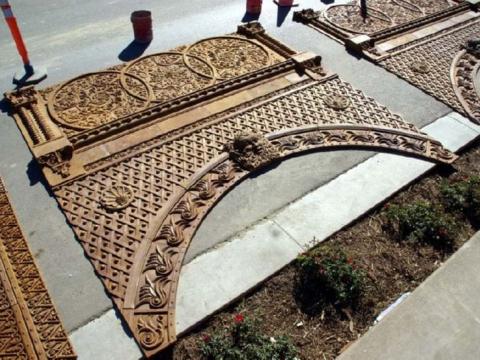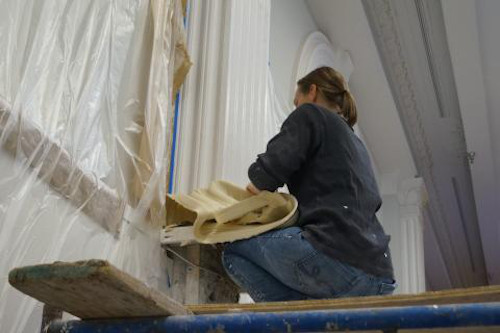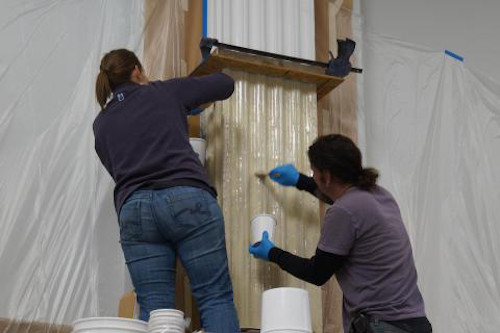Restoration
Restore or reproduce aging or damaged elements with Polytek® mold making and casting materials

Reproduction and restoration specialists across many industries use Polytek liquid mold rubbers to make molds from aging or damaged architectural elements (e.g., brackets, panels, cornice moulding, statuary), automotive parts (e.g., headlights, steering wheels, hood ornaments, emblems, shift knobs), and other items.
Polyurethane and silicone mold making materials can be taken on the road to obtain site molds of objects that are immobile or in hard-to-reach areas, like decorative architecture on the exterior of a building.
Reproductions can then be cast in these molds using Polytek rubber or plastic, which are available in a variety of colors, durometers, and other properties.
Select a product line below to learn more:
Polyurethane Materials

Polyurethane Rubber
Polyurethane rubbers are available in pourable, brushable and sprayable formulas and are an excellent choice for the fabrication of molds when casting plaster, concrete and some resin casting.
Polyurethane rubber is also an excellent casting material for reproducing flexible and semi-rigid rubber originals.
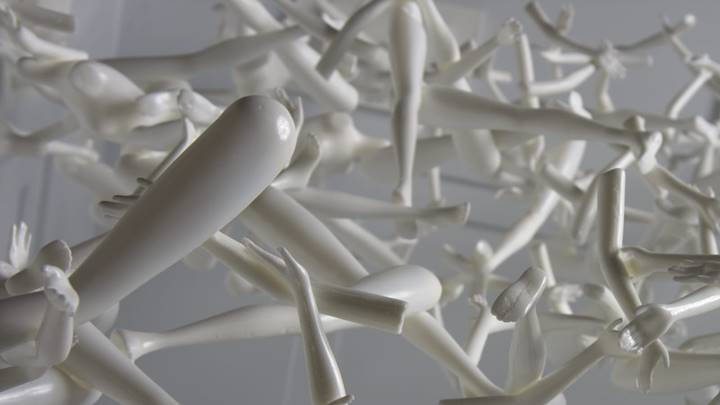
Polyurethane Plastics: Rigid & Semi-Rigid
Use Polytek® polyurethane casting resins to create rigid and semi-rigid reproductions. From fast-setting resins to water-clear options, almost any color, size, shape, weight and appearance can be achieved by using these systems.
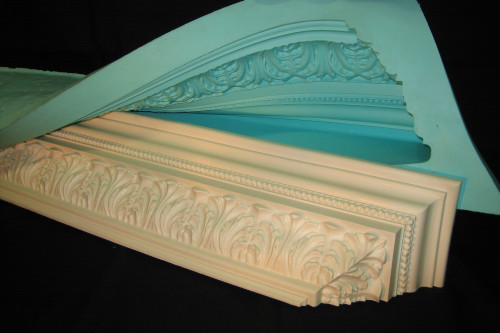
Polyurethane Foam
PolyFoam rigid polyurethane foams to cast finished parts of varying densities. Silicone molds are typically sprayed with a fast-curing primer prior to casting the foam so that the part is pre-primed when removed from the mold.
Silicone Materials
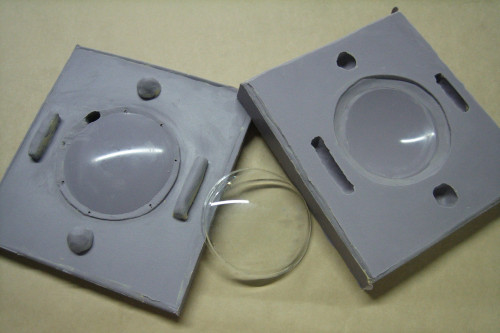
Silicone Rubber
Polytek® silicone mold rubbers are preferred when fabricating molds for foam casting and resin casting because release agent is generally not needed. Many of these formulations are pourable, but can be easily thickened for brush-on application.
Application Examples
